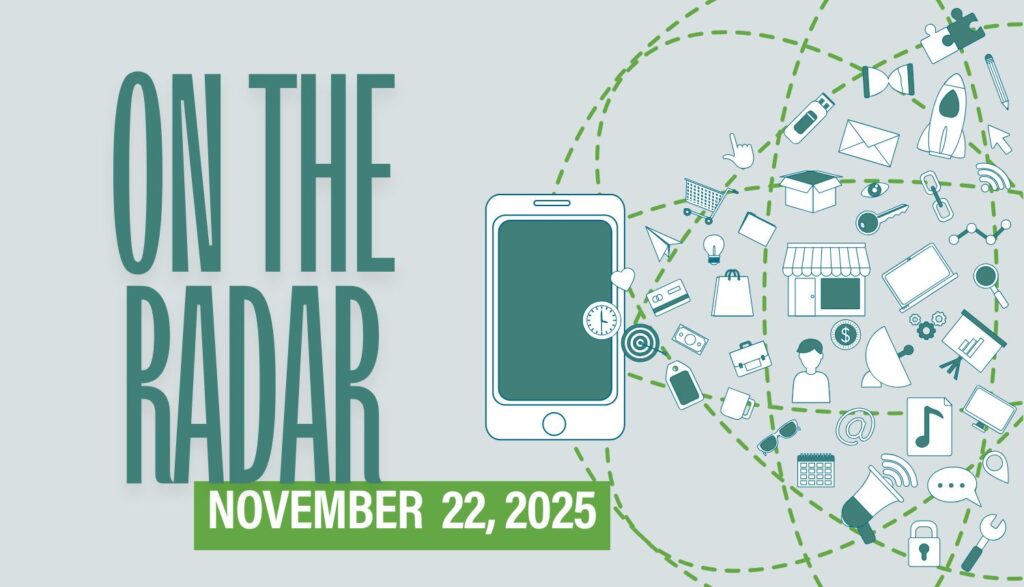Adults Use Social Media Almost as Much as Teens
What? According to Pew Research, 84% of U.S. adults use YouTube, 71% use Facebook, 50% use Instagram, and 37% use TikTok.
So What? Though we’re often more concerned with teenagers who spend too much time on social media, this latest study says that about half of adults go on Facebook and YouTube daily, and nearly 1 in 4 get on TikTok daily, too.
Now What? Research says that kids imitate their parents. It’s natural. So if your family needs to have a conversation about screentime habits, make sure you’re policing yourself as well. It’ll make it a lot easier for your kids to form good habits if they have a good example to follow.
Cambridge Dictionary Chooses ‘Parasocial’ as Word of the Year
What? Cambridge Dictionary has chosen “parasocial” as its Word of the Year for 2025. Cambridge defines the term as “involving or relating to a connection that someone feels between themselves and a famous person they do not know, a character in a book, film, TV series, etc., or an artificial intelligence.”
So What? The resource cited the bond that fans have with Taylor Swift and Travis Kelce, the highly publicized cyberstalking of streamer IShowSpeed and the use of AI chatbots (such as ChatGPT) as confidants as some of the major reasons why “parasocial” was chosen.
Now What? If your teen relates to a musician or athlete, or if they use a chatbot to get information quickly, that’s not necessarily indicative of a parasocial relationship. It’s when your child forgoes activities with family or friends in favor of these “relationships” that you may have a problem. Talk to your kids about the definition of a parasocial relationship, ensuring that they know the difference.
AI Toys Pose Multiple Threats to Child Users
What? “Trouble in Toyland 2025,” a study conducted by the U.S. Public Interest Research Groups (a consumer watchdog), revealed that AI toys marketed for kids often aren’t safe for kids.
So What? Among the concerns reported were “inappropriate content and sensitive topics,” “addictive design features,” “privacy features” and “parental controls.” Results varied, but no toy was completely safe (and parental controls were limited): Some toys engaged in sexually explicit conversations; some tried to convince the user to continue playing even after the user expressed a desire to play with friends instead; and some collected and shared data about the child with third parties.
Now What? Obviously, it might be a good idea to avoid AI-enabled toys. But if you do purchase one, consider acting as a chaperone over AI playtime to ensure your child doesn’t hear (or ask) something they shouldn’t.





Recent Comments